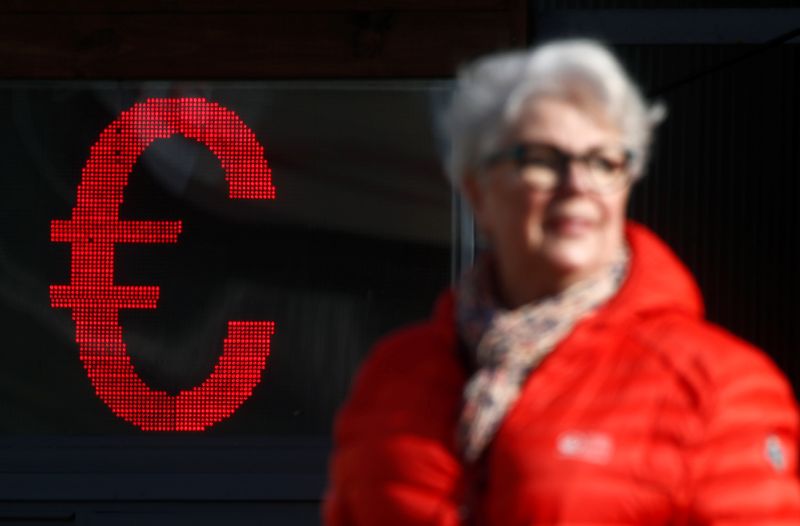By Chuck Mikolajczak
NEW YORK (Reuters) - The dollar slipped on Friday as a rally in equities contributed to a risk-on mood, but was still set for a sixth straight week of gains as investors remained concerned about slowing global growth and Federal Reserve policy tilting the United States into a recession.
High inflation and the Fed's rate hike path have fueled worries of a policy error that could cause recession or a stagflation scenario of slowing growth and high prices. Readings this week showed some signs that inflation was beginning to ebb, although at a slow pace.
The dollar showed little reaction on Friday to data showing U.S. import prices were unexpectedly flat in April as a decline in petroleum costs offset gains in food and other products, a further sign that inflation has probably peaked.
Other data from the University of Michigan showed its preliminary reading of consumer sentiment for early May deteriorated to its lowest level since August 2011 as concerns about inflation persisted.
Even with the recent inflation readings, Cleveland Fed president Loretta Mester said it would need to move lower for "several months" before the Fed can safely conclude it has peaked, and she would she would be ready to consider faster rates hike by the September Fed meeting if the data do not show improvement.
"The issue is where are we looking for recovery, how are we going to negotiate what seems to be coming down the pike. You have a Fed that is not ready to cut rates and help the economy - you have a Fed that is raising rates, that is a very unusual situation," said Joseph Trevisani, senior analyst at FXStreet.com in New York.
But the greenback weakened as equities rallied after a steep decline that recently put the S&P 500 on the cusp of confirming a bear market as investors looked for signs stocks had bottomed.
"I don’t think you have seen a capitulation in equities... I just don’t sense the kind of panic that you usually see at the end," said Trevisani.
Investors have flocked to the safe-haven on concerns about the Fed's ability to dampen inflation without causing a recession, along with worries about slowing growth arising from the Ukraine crisis and the economic effects of China's zero-COVID-19 policy amid rising infections.
The dollar index fell 0.143% at 104.610 against a basket of major currencies after earlier reaching 105.01, its highest since Dec. 2002. The U.S. currency is on track for its sixth straight week of gains, its longest weekly streak of the year and has climbed more than 9% for 2022.
The euro was up 0.18% to $1.0398, reversing course after dipping to 1.0348, its lowest since Jan 3, 2017.
The single currency was on track for its fifth weekly drop in six and has been hurt by both fears resulting from Russia's invasion of Ukraine stymieing the economy and the dollar rally.
While the European Central Bank is widely anticipated to begin hiking rates in July, the central bank is expected to adopt a less aggressive pace than the Fed.
The Japanese yen weakened 0.76% versus the greenback at 129.32 per dollar, while Sterling was last trading at $1.2227, up 0.23% on the day.

The safe-haven yen has also begun to strengthen against the greenback, and was on track for its first weekly gain versus the dollar after nine straight weeks of declines.
In cryptocurrencies, Bitcoin last rose 3.95% to $29,670.89. Bitcoin earlier this week fell to its lowest level since December 2020 as cryptocurrencies have been rattled by the collapse of TerraUSD, a so-called stablecoin.
